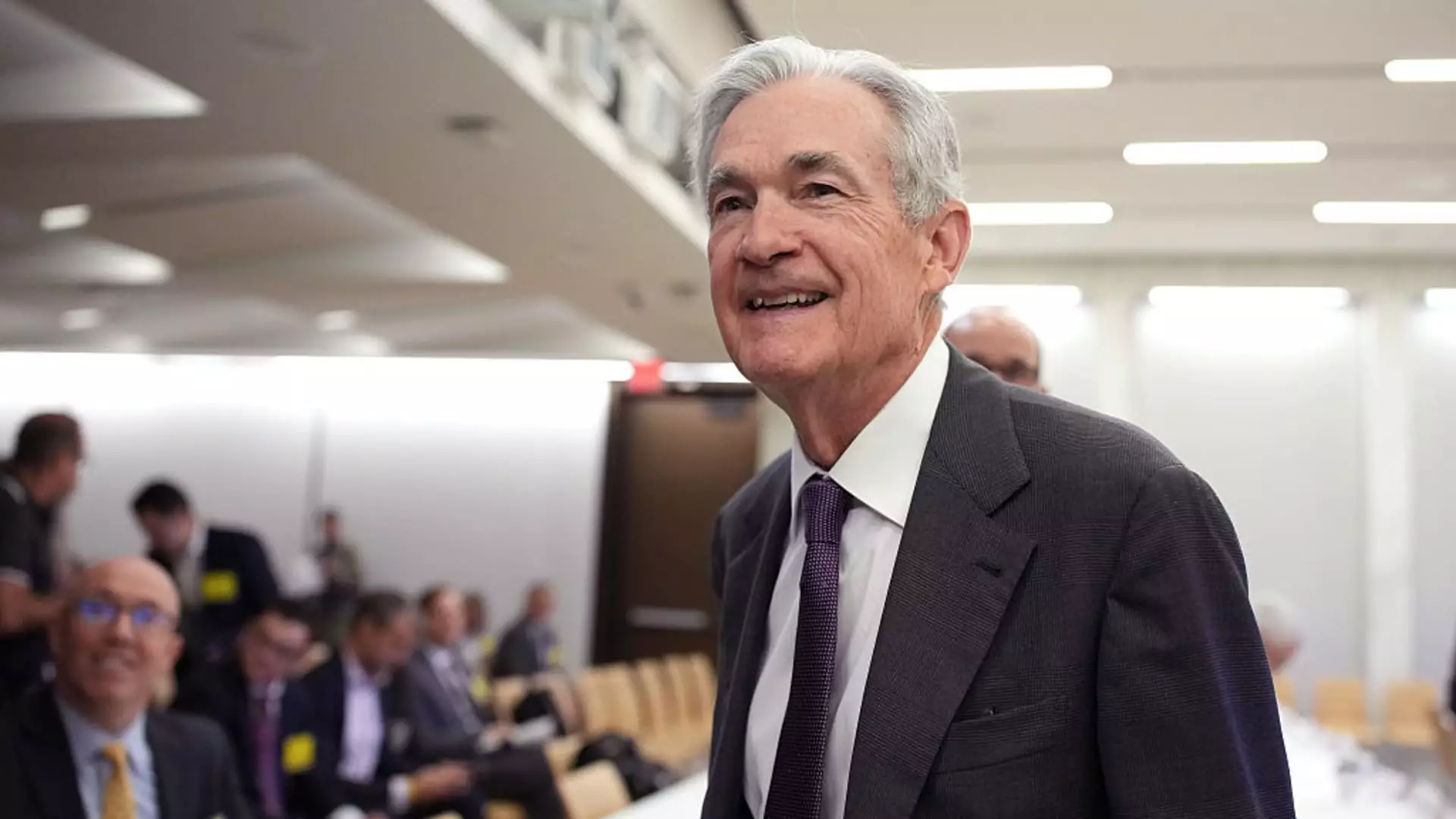The recent discourse surrounding the future of Federal Reserve leadership presents a significant opportunity for introspection and reform within the central banking system. While voices like former Treasury Secretary Scott Bessent advocate for a balanced approach—emphasizing the importance of respecting the current leadership—there’s an undeniable necessity for a broader reassessment of the Fed’s operations. The core issue isn’t necessarily the individual at the helm, but the transparency, accountability, and structure of the institution itself. A leadership change might be unnecessary at this juncture, but strengthening the central bank’s internal mechanisms to operate with independence and integrity is paramount.
Leadership Stability Versus Political Interference
Jerome Powell’s tenure has become a focal point of political debate, with critics on both ends of the spectrum raising concerns about independence and efficacy. President Trump’s vocal desire for Powell’s resignation underscores the potential for political motives to influence monetary policy, a threat that cannot be underestimated. Powell’s reputation, forged through navigating tumultuous economic waters, should not be undermined by partisan pressure. As Bessent rightly points out, Powell’s leadership during critical times warrants recognition rather than undue criticism. Ensuring that the Fed remains insulated from political whims is essential for fostering market confidence and economic stability.
Reforming Oversight and Internal Governance
The controversy surrounding the Fed’s lavish spending, exemplified by the $2.5 billion building renovation, highlights a systemic problem—lack of rigorous oversight. Such expenditures, when public trust is fragile, erode confidence and suggest mismanagement. Internal review mechanisms must be strengthened, detached from political influence, to scrutinize the entire scope of the Fed’s activities. Bessent’s call for an internal review is not merely custodial; it is a strategic necessity for the institution to modernize and adapt to the complexities of a global economy. If the Fed can demonstrate a commitment to accountability and transparency, it will reinforce its legitimacy and bolster public trust.
The Role of Monetary Policy Amid Political Pressures
The ongoing debate over interest rate adjustments exemplifies the delicate balancing act faced by the Fed. While President Trump’s call for aggressive rate cuts seeks to stimulate economic growth, Powell and most of his colleagues remain cautious, emphasizing the importance of assessing tariffs’ inflationary impact. This restraint underlines an essential principle: prudence in policy decisions fosters long-term stability. The Fed’s independence is a bulwark against impulsive political interference, but it must also embrace transparency about its deliberations to maintain credibility. Fostered within a framework of open dialogue and public accountability, the Fed’s decisions can serve both immediate economic needs and the overarching goal of sustained stability.
Building Public Confidence Through Transparent Leadership
Public perception and trust are crucial for the effective functioning of the central bank. Conflicting signals—such as political figures demanding rate cuts while the Fed emphasizes caution—generate uncertainty. The Fed’s credibility hinges on transparent communication and consistent policies rooted in data, not politics. When leadership openly discusses challenges, decision frameworks, and their rationale, it fosters an environment where markets and the public can make informed judgments. Enhancing transparency and cultivating a culture of accountability will ensure that the Fed remains a stabilizing force rather than a political football.
Empowering the Fed to Perform as a Modern Institution
Moving forward, the focus should shift toward empowering the Fed to operate as a resilient, transparent institution capable of adapting to evolving economic landscapes. The internal review Bessent advocates for can serve as a catalyst for modernization—streamlining governance, clarifying roles, and reducing susceptibilities to external pressures. By doing so, the Fed can sustain its independence while fostering greater accountability and public confidence. Such reforms are not mere administrative adjustments; they are fundamental reinforcements of the institution’s credibility, crucial for navigating future economic uncertainties with assurance.

